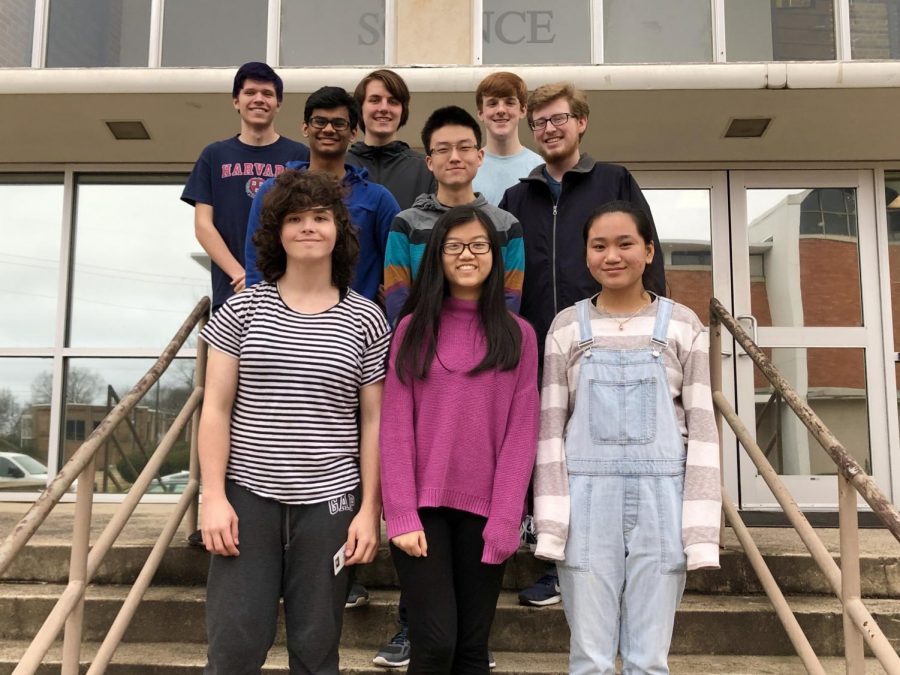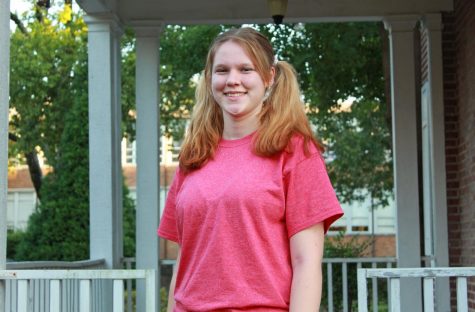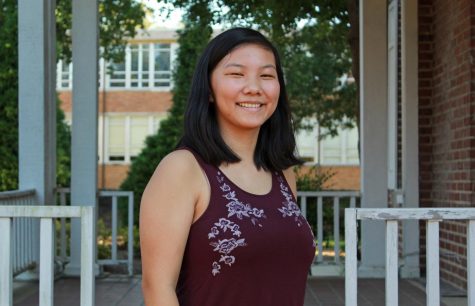Students are ‘models’ of excellence in HiMCM modeling competition
Nine MSMS students qualified for this year’s international Mathematical Modeling Challenge.
February 6, 2020
Last semester, three 4-student teams participated in the international High School Mathematical Competition in Modeling (HiMCM). The teams were tasked with solving a real-world problem in a grueling 13-day period, using mathematical modeling techniques and finally presenting their findings in a paper up to twenty pages long. Out of the 792 teams that competed, two MSMS teams were named finalists, finishing in the top 8 percent, and the third team was named meritorious, finishing in the top 20 percent.
The two finalist teams consisted of Jackson Flowers, Dennis Lee, Vayd Ramkumar, and Rachel Zheng; and David Heson, Guillermo Hoffmann Meyer, Nathan Lee, and Mi Nguyen. The third team consisted of Alice Calvert, Carter Moore, Mason Pettit and Evan Stegall. All three teams have qualified to compete in the International Mathematical Modeling Challenge (IMMC).
MSMS students who are enrolled in the Math Modeling class, which is taught by mathematics teacher Dr. Philip Benge, are required to participate in the competition. Some students, however, participated by choice, without being in the class.
Mi Nguyen and David Heson were two of the students, along with Dennis Lee, who decided to participate despite not being in the class. They both chose to compete because of their love of math and their interest in the applicability of math in real-world situations, and found it a rewarding experience despite the challenges.
“Before this competition, I did not know of many ways to apply mathematics in real life besides purely learning it. I did not even know that competitions like this existed before attending MSMS,” Nguyen said. “I chose to participate because I am interested in taking the math modeling class next year. I [thought] that this would be a good experience.”
Like Nguyen, Heson hadn’t participated in a math competition like HiMCM before, but that didn’t stop him from throwing himself into the process enthusiastically.
“I have always found modeling of real world statistics interesting due to its applicability. It was a great experience which pushed me to cooperate with my teammates,” Heson said. “We [Heson’s team] spent at least 20 hours in total of nonstop work. I would not call the process grueling, seeing as I had an amazing team which always kept its spirit up.”
Heson said that through the competition he has gained insight into how to create an effective team, as well as has become intimately knowledgeable about electrical costs for “various types of buildings.”
“We had to first decide which prompt we wished to do. For this, we did preliminary research on both topics and then as a group decided on the prompt,” he said. “We established what each person was responsible for doing, and everybody tried to read through all the work and help where they could. We have all emerged from this as more educated about power consumption in the U.S., how to effectively write a math paper and how to research for different topics.”
While Heson seemed unfazed looking back on the “crazy amount” of work that went into the competition, Nguyen said that she was wary of the intense involvement at first.
“I skimmed through a 60+ pages long packet that I received from Dr. Benge before signing up, and I was genuinely scared away. However, I chose to continue when I heard from seniors about how much they enjoyed it when they competed last year,” she said. “We met 10+ hours during the competition period, a good bit of those [times] were from a Thursday [in which] we were allowed to have an excused absence from school before the deadline.”
Jackson Flowers is one of the students who, being in the class, had no choice in participating. However, he enjoyed the experience.
“The competition is required for everyone in the Math Modeling class, so I had to take it. It was a very fun experience, mainly because we had to balance writing the paper on top of all of our other schoolwork at the time,” he said. “In addition, we got to practice a lot of math paper writing skills, which are very different from other styles of writing.”
Flowers continued, explaining the pre-competition process and giving insight into the intensity that the students endured while participating in HiMCM:
“We were initially given two different problems, and we had to choose which to try and solve. It took our group a few days of looking into both problems to decide to do ‘the water bottle problem’, and from there we brainstormed ideas for a model. I initially had the idea to use a compartmental model with an infinite number of compartments to track a changing distribution, but after some more work, we switched to a different method (that Vayd developed). The project was due on a Tuesday at 7 pm, and Dennis and I both wrote and developed our own separate models almost entirely in that weekend. Sunday and Monday night we worked late to get it done, probably totaling at least 20-30 hours each in total. It was pretty grueling since the paper ended up being around 30 pages, and the majority of it was written in the 72 hours before it was due. We were also all working on very low sleep, and as soon as we turned it in I took a three hour nap.”
Guillermo Hoffmann Meyer also took the class, and said that he was interested in joining it anyway because his friends were participating, as well as “to test what [he] had learned in math modeling so far at that point.”
“We spent quite a few hours, taking a whole day off to work on it. The grind was moderately grueling, but the overall experience was positive,” he said.
With the competition counting as the final project grade in the Math Modeling class, Nathan Lee was ready to take on the daunting task of competing along with his team.
“It was a very tough challenge, but it was satisfying to complete. I realized the importance of time management and team cooperation, as both were important to finishing the paper. Our in-class papers also had due dates, but they had specific prompts related to material we learned in class. The competition’s prompts were very open-ended and broad, which was a new experience for me,” he said.
Lee was apart of the team dealing with the problem of electricity cost. Echoing Heson, Lee said that his team determined an efficient process of tackling the prompt and became invested in the topic.
“We learned a lot about electricity usage in public areas, [and] the topic related to the prompt we chose. The research, writing, and organization of the paper was grueling, so the work was delegated between our four members. I think we spent around 24 hours on the project, but that number could be higher.”










